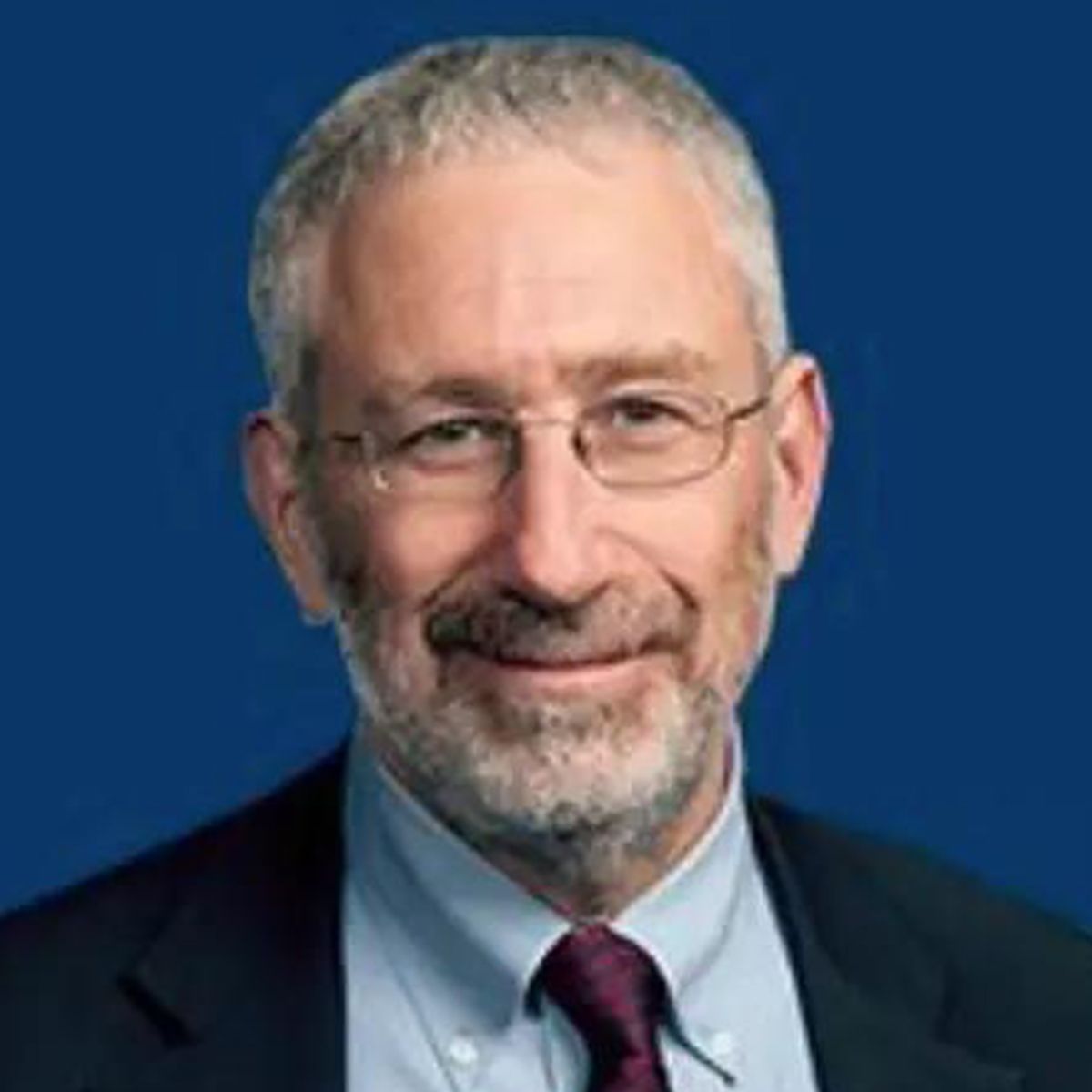Video
Ongoing Management Decisions in Soft Tissue Sarcoma
Transcript:
Shreyaskumar R. Patel, MD: When we have determined that we are going to have shared care for the patient with the community, depending on the feasibility, at the end of the day, it’s all about practicality. I frequently tell patients, “I only want you to bend as far backward as you can, without breaking.” Breaking is not an option, right? So, that wouldn’t serve any purpose. But to the extent that it is possible, I will encourage them to come back and forth, periodically, to see me for scans. I do this because the response assessment and the decision as to whether one would continue the therapy or not is kind of complex.
Many of these tumors will actually shrink in size when they are responding, and that’s a no-brainer. If it’s shrinking, it’s responding. But we’ve learned the lesson, over the years, that sometimes they just stop picking up the contrast. They don’t enhance any more. They become cystic and necrotic. This is far more common in gastrointestinal stromal tumors, for example. It is less common for the conventional soft tissue sarcomas.
But one of the major areas where I see we can make a difference is in the small changes, where there is slight growth or a slight reduction. Or, better yet, stability. The tendency is to expect shrinkage. If shrinkage is not happening, that’s viewed as failure of therapy. That may not be true depending on the time frame. Sometimes, these tumors take a little while before they’re going to shrink. And so, response assessment, at the very least, is complicated. It needs to be factored in with the patient’s prior growth factor, natural history, the histology, realistic expectations, and so on, and so forth.
A better strategy would be to stay in touch with the local academic center. They can get the treatments at home, so that they don’t end up spending an extended period of time away from home. But at least the decision-making time points are happening at the academic center. Then, if there is a need for multidisciplinary input, or if there is a need for the radiologists to be able to help out in the interpretation of things, those discussions can be had.
Anthony P. Conley, MD: Any time I see a patient, I always try to assess whether they understand what their disease process is and what the goals of care are. I think this helps every one of us on the team provide a better focus for the patient and their care.
When patients have a substantial response to therapy, we try to maximize that therapy. But sometimes there are limitations. Doxorubicin, a fantastic medication that’s been used for decades for the treatment of sarcoma, unfortunately, can sometimes be associated with side effects such as cardiotoxicity and bone marrow abnormalities. Because of this, we generally have to limit the amount of exposure that a patient receives to these medications. We also have to make sure that we have the right dosing schedule and the right duration, so we’re not having our patients experience excessive toxicities.
Oftentimes, though, patients may also experience resistance after initially having response. This can be a tricky situation. We have to help counsel the patient to, again, understand what their goals of care are and what we envision for them for guiding their plan of care.
Shreyaskumar R. Patel, MD: Part of the shared care agreements are that we have to be available in case the local team runs into a complication. I’ll give you an example. There’s a patient of mine who was getting treated in the local community. It’s a day 1, day 8 chemotherapy. On day 8, the liver function tests were a little higher than they were on the first day at the time of the chemotherapy. The local oncologist found me. We reviewed the liver function tests and the decision was made. “Well, they’re not that bad off. You should go ahead with the same dose of the chemotherapy.”
An alternative might have been that, if the numbers were different, we would have said, “Reduce the dose. Hold the day 8 chemotherapy.” So, to a certain extent, there has to be some comfort level with community oncology, but they also have to have the comfort level that they can find the person at the other end. At academic centers, even if the person who was the identified oncologist for that patient is not there or is out of town, there’s a group of people. So, somebody else can chime in and at least help answer questions as to, “Is there a dose adjustment that’s necessary?” “Should this dose be held?” Those would be the treatment-related decisions to give or not give.
The alternative side of it is, the treatment was already given. Now, the patient is going through neutropenia, has a fever, is admitted to the hospital, and they have done the culture workup. And, more often than not, at least in my personal experience, I think community oncologists are very comfortable with the management of some of the common side effects of these drugs. Again, remember that we are only farming out the standard of care treatment out into the community. These are not new drugs. These aren’t drugs that they haven’t heard of before. So, in many ways, they’re comfortable with the management of the common toxicities. But if something rare was going on with a drug that’s relatively new or recent to the market, they absolutely have the ability to, and should, pick up the phone and touch base for patient care and patient safety.
Transcript Edited for Clarity








